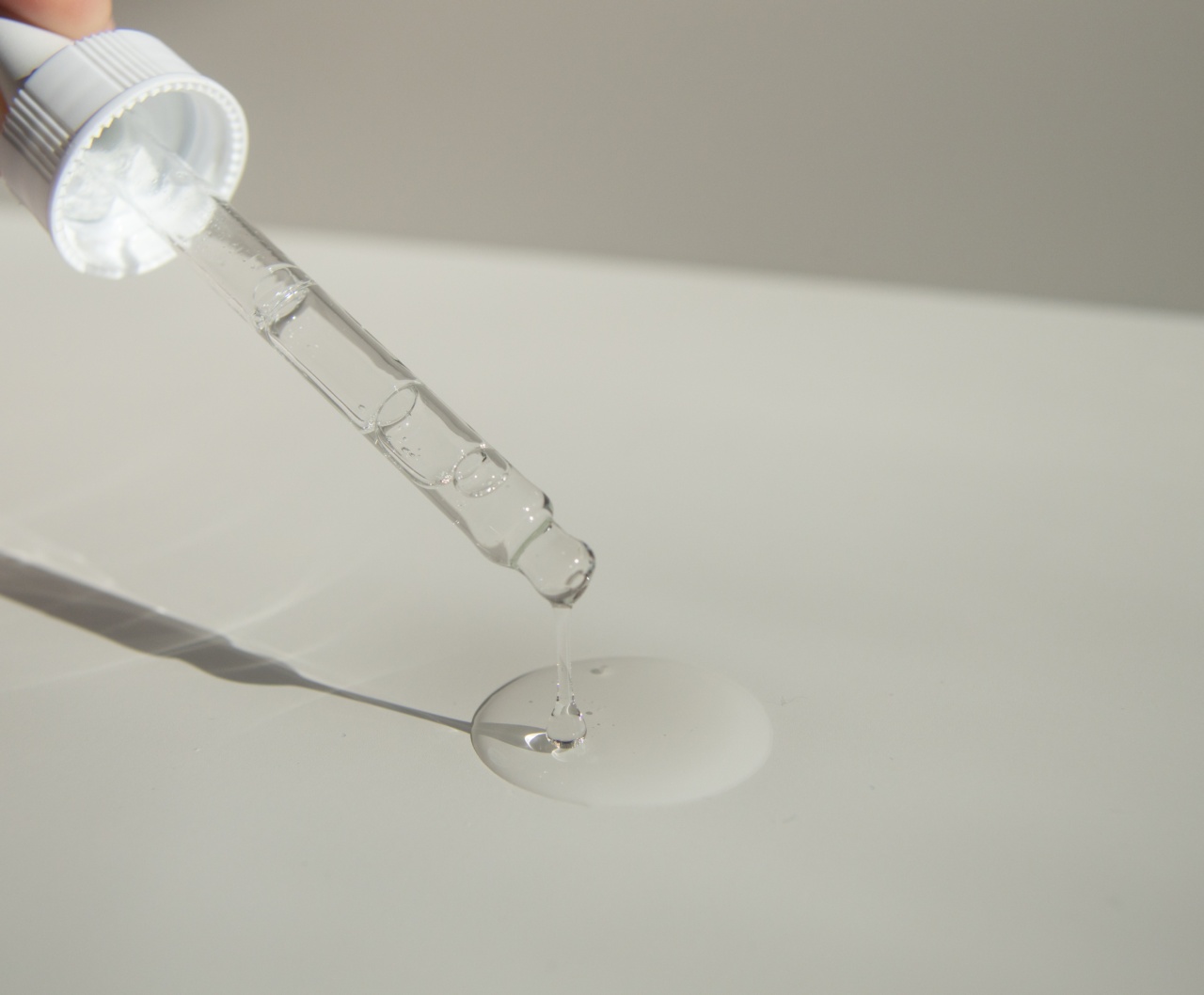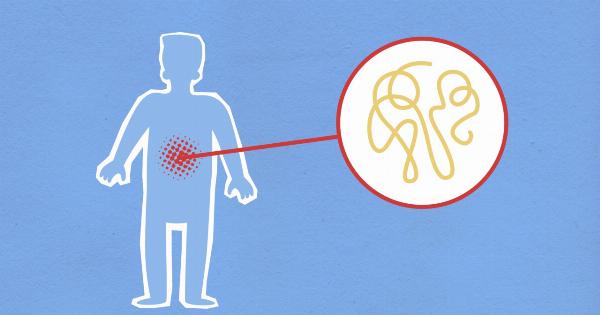An abdominal aortic aneurysm (AAA) refers to the abnormal enlargement of the lower part of the aorta, the main blood vessel that supplies blood to the abdominal and pelvic organs.
This condition can be life-threatening if left untreated, as the weakened artery wall has the potential to rupture, causing severe internal bleeding. In this comprehensive medical overview, we will delve into the causes, symptoms, diagnosis, and treatment options available for abdominal aortic aneurysms.
Causes of Abdominal Aortic Aneurysm
The exact cause of AAA is not yet fully understood, but various factors increase the likelihood of developing this condition. The primary risk factor is age, with individuals over the age of 65 being more susceptible.
Additionally, males, smokers, and individuals with a family history of AAA are at higher risk. Certain medical conditions, such as high blood pressure, atherosclerosis (hardening of the arteries), and connective tissue disorders, can also contribute to the development of an abdominal aortic aneurysm.
Symptoms of Abdominal Aortic Aneurysm
AAA is often asymptomatic, meaning there may be no noticeable signs until the aneurysm expands or ruptures. However, when symptoms do occur, they can include:.
- Abdominal or back pain: Dull or throbbing pain in the abdomen or lower back could indicate an aneurysm.
- Pulsating sensation: Feeling a throbbing or pulsating sensation in the abdomen may be a sign of an enlarged aorta.
- Tenderness or discomfort: Sensitivity or discomfort when the abdomen is touched can sometimes be related to an aortic aneurysm.
Diagnosis of Abdominal Aortic Aneurysm
Early detection of AAA is crucial for successful treatment. A routine physical examination may reveal a pulsating mass in the abdomen, prompting further investigation.
The following diagnostic tests are commonly used to confirm the presence of an abdominal aortic aneurysm:.
- Ultrasound: This painless imaging test utilizes sound waves to produce detailed images of the abdominal aorta, helping determine the size, shape, and location of the aneurysm.
- Computed Tomography (CT) scan: A CT scan provides a detailed cross-sectional view of the abdomen, assisting in the visualization and measurement of the aneurysm.
- Magnetic Resonance Imaging (MRI): By using strong magnets and radio waves, an MRI provides detailed images that help evaluate the size and structure of the aorta.
Treatment Options for Abdominal Aortic Aneurysm
The appropriate treatment for an abdominal aortic aneurysm depends on various factors, including the size and rate of growth. Treatment options may include:.
- Regular monitoring: If the aneurysm is small and not rapidly growing, the doctor may recommend periodic imaging tests to monitor its progression.
- Medical management: Certain medications, such as beta-blockers, can help manage blood pressure and reduce the risk of aneurysm growth.
- Surgical repair: For larger aneurysms or those at risk of rupture, surgery may be necessary. Two common surgical approaches are open repair and endovascular repair.
Open Repair
Open repair involves surgically removing the damaged section of the aorta and replacing it with a synthetic graft. This invasive procedure typically requires a large incision in the abdomen or flank, allowing direct access to the aneurysm for repair.
Endovascular Repair
Endovascular repair is a minimally invasive procedure. During this technique, the surgeon inserts a catheter through a small incision in the groin, guiding it to the site of the aneurysm.
A stent graft is then placed, reinforcing the weakened aortic wall and preventing rupture.
Recovery and Outlook
The recovery period following abdominal aortic aneurysm surgery can vary depending on the approach used and individual factors. Generally, endovascular repair offers a shorter recovery time compared to open repair.
It is crucial to follow the surgeon’s post-operative instructions and engage in regular follow-up appointments to ensure proper healing and address any concerns.
The outlook for individuals with an abdominal aortic aneurysm heavily relies on early detection and appropriate intervention.
Proactive management and lifestyle modifications, such as smoking cessation, blood pressure control, and regular exercise, can greatly reduce the risk of both developing an AAA and experiencing complications associated with it.



























